Terraplane | Interview | “A genuine underground”
An underground gem by Sussex-based Terraplane originally recorded and released under the legendary Saturn label in 1970.
‘1’ is West Coast influenced psychedelic blues album, kicking off with Quicksilver Messenger Service’s ‘Pride Of Man’ and taking in Donovan (stunning version of ‘Hampstead Heath Incident’), Bob Dylan and John Mayall as well as obscure blues and folk tracks (a wonderful ‘Portland Town’) and two great originals. Superb guitar throughout. Originally a precious 99 copy only private release on the legendary Saturn label, only a handful have ever escaped into the wild.
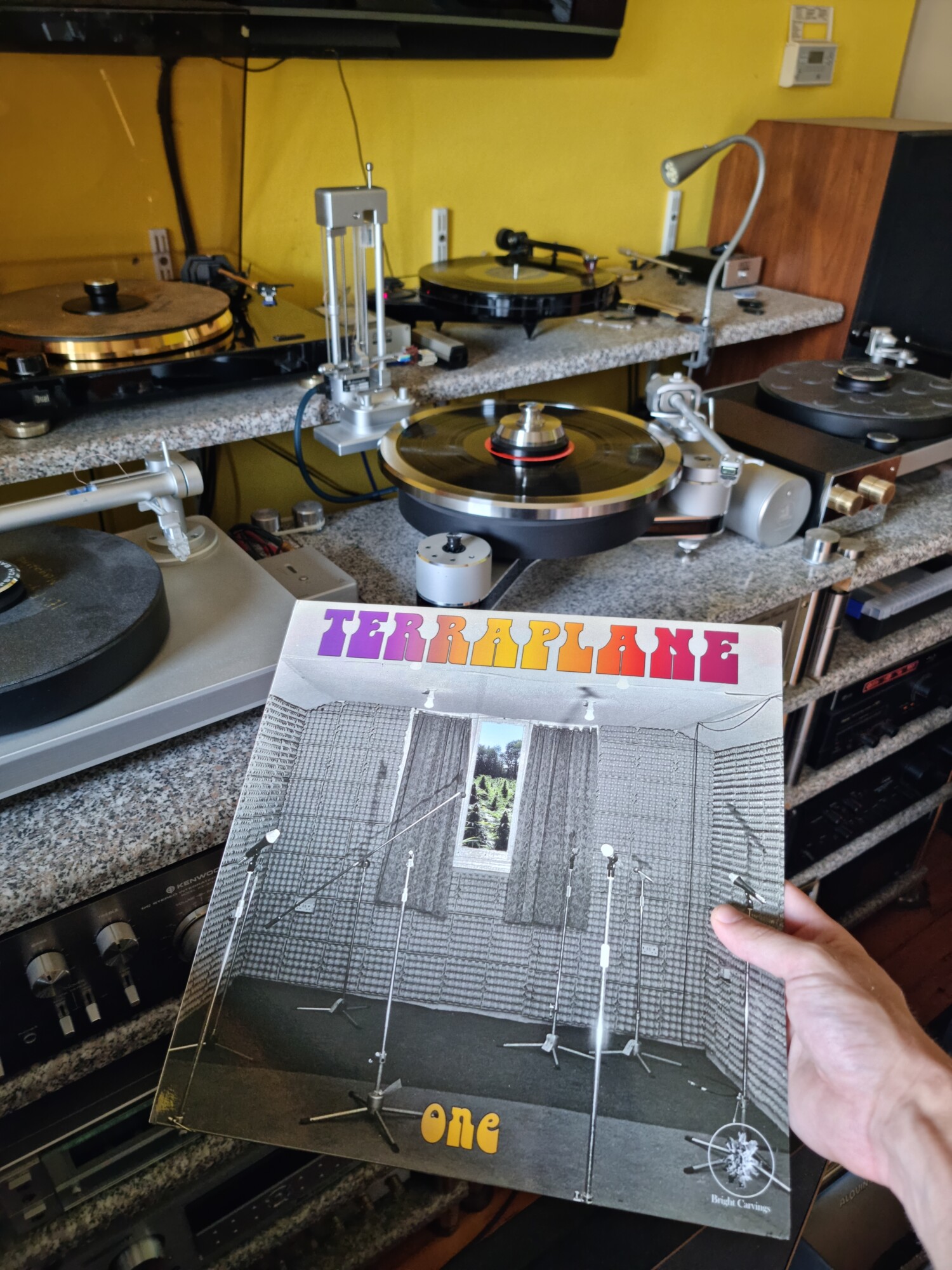
“The original Terraplane Blues Band came together in 1968”
Where and when did you grow up? Was music a big part of your family life? Did the local music scene influence you or inspire you to play music?
Nigel Tannahill: I was born in East London and we moved to Cliftonville in Kent when I was six. My family moved to Shoreham in Sussex in 1961 when I was eleven. I wasn’t really playing until I left school at sixteen. I had been in the same class at school as Steve Davy who was definitely older than me, perhaps he’d repeated a year, and he was a very good bass player indeed. However, I wasn’t fully aware of this until a couple of years later when I saw him at a local gig with Steamhammer. At that time they had their original guitar player with them, Chris Aylmer. He was later replaced by Martin Pugh, who was in truth a far better fit. They went on to have a hit with ‘Junior’s Wailing’. Aylmer went on to have considerable success as the bassist with Samson. (I went to the memorial concert for Mick Bradley, Steamhammer’s drummer, at the Marquee Club in March 1972 and Jim Cregan handed me a ‘50s Telecaster I’d sold him and told me to follow him onto the stage. I was so dazed by this, the only other person I can remember that night was Dan Armstrong, he of plexiglass Ampeg fame. A very good player in his own right.)
What was life like in the Brighton/Worthing area?
I was in my teens and perhaps not the happiest soul. Very shy around girls especially. The one bright element was that there were two good music venues in Worthing. The end of the pier was where I saw The Yardbirds for the first time and Hendrix for the only time. The Assembly Halls were where I saw most of the bands though, The Yardbirds, for the second time (with Jimmy Page on bass), The Who, Taste with Rory Gallagher and twice Cream. I was not particularly keen on school so I left when I was sixteen. Around this time I went to The King and Queen pub in Brighton and saw John Lee Hooker (incredibly powerful performer) backed by The Groundhogs and on another truly memorable night Fleetwood Mac (original lineup with Danny Kirwan playing in Boilerhouse as the support band). I then started frequenting Jimmy’s Blues Club in Brighton where I saw, amongst a load of others, Champion Jack Dupree, Ten Years After, The Aynsley Dunbar Retaliation, Jethro Tull with Mick Abrahams, Chicken Shack and Black Cat Bones with an astonishingly good Paul Kossoff on guitar. All this in a tiny club up some stairs in a back street. I remember chatting with Alvin Lee during the break. It was here that my interest in playing really sparked. Seeing these guys up close was fascinating but very LOUD. I couldn’t really think about anything else.
When did you begin playing music? What was your first instrument? Who were your major influences?
I bought my first guitar when I was about 14. It was a Czechoslovakian-made acoustic horror painted red and yellow with a prominent logo saying “Flash”. I hated it and painted it black but managed to make it even more unplayable. I then bought a Martin-Colletti acoustic – also probably Czech – but it did have a DeArmond pickup on it. This lasted about a year before I got my first proper electric, a USA-built Kay Speed Demon – a thinline semi-acoustic with three pickups and a real Bigsby. I eventually sold it and bought a very battered Gibson SG Junior.
My major influences were, I suppose, Eric Clapton and especially Peter Green. I was also very taken with John Moreshead, a severely underrated player. I always thought that Jeff Beck was an utterly extraordinary player but even then he seemed too far away in the stratosphere for me to work out what the hell he was doing.
In retrospect, the blues boom in the late sixties was a massively important time for a lot of players. I had always loved The Beatles but had never really been able to work out what George Harrison (and as it turns out, Paul McCartney) were doing. I’ve never been good at playing stuff note for note. Playing over endless twelve bars furnished me with a vocabulary of phrases that I could build on and gradually give me a style of my own, eventually allowing me to improvise over different chord sequences – providing it wasn’t jazz. This is still my approach.
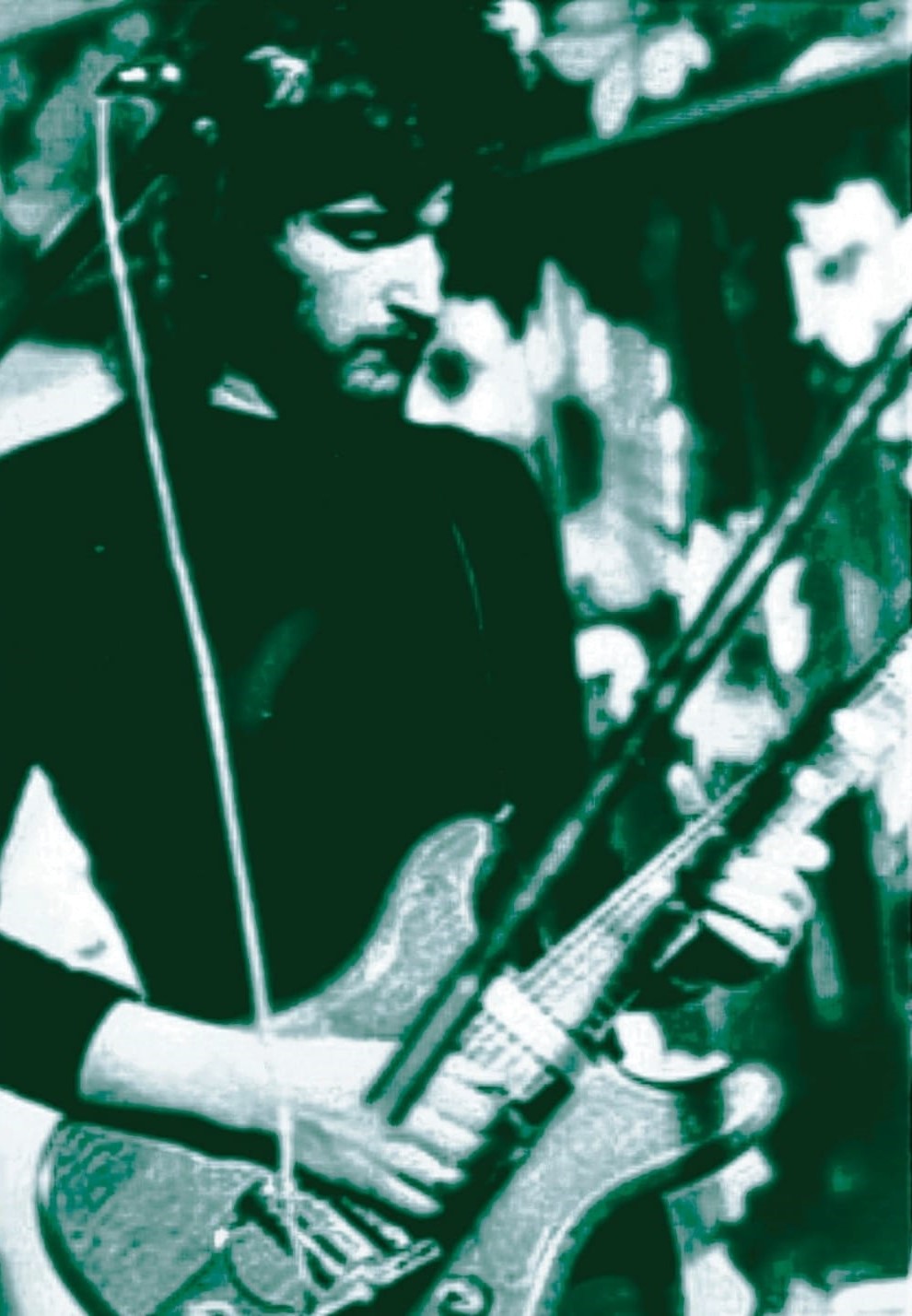
Was Terraplane the first band for every band member involved? Tell us more who were other band members?
The original Terraplane Blues Band came together in 1968, as I recall. The members were Gerry Sayer, vocals and harmonica (born in 1948) Roger Cloake bass (born in 1949) John Key drums and me, Nigel Tannahill, guitar (born in 1950). I think it was Roger who came up with the name – after Robert Johnson’s Terraplane Blues. Our initial gig was at The Worthing Workshop. There followed several gigs in the general Brighton/Worthing area. I think only Gerry had been in a proper band before.
Can you elaborate on the formation of Terraplane?
The important find was Gerry as he was a bona fide blues harmonica player. Really authentic Sonny Boy Williamson II style and I thought he had a pretty good voice. He lived quite close to me and had a good collection with his brother, Brian, of blues records. We were pretty keen and the band came together quite quickly.
When and where did Terraplane play their first gigs? Do you remember the first song the band played? How was the band accepted by the audience?
As I said our first gig was at The Worthing Workshop which was held in a pub. Proper liquid light show – and there may have been a PA. We went down OK as I recall. We may well have opened with Otis Rush’s ‘All Your Love (I Miss Loving)’.
What did your repertoire look like? What are some bands you appeared with and what clubs did you play?
We were a blues band, pretty well exclusively. The band didn’t gig that frequently although I do remember when we turned up very late at a college outside Brighton to support Pete Wingfield’s band Jellybread and went on after their first set, giving a sizeable portion of the audience the erroneous impression that Jellybread were supporting us. Wingfield went on to have a somewhat illustrious musical career including a hit single, ‘Eighteen With A Bullet’.
I think we may have supported Dr. K’s Blues Band, who I’m amazed to see are still going.
Tell us about your gear, instruments, amps, et cetera.
I still had the Kay, a Kelly (=Selmer) Treble ’n’ Bass 50 amp head (basically a Fender Bassman clone) and a 2×12 Vox AC 30. Actually not a bad amp. Later on I bought the Gibson SG Junior that I used on the Terraplane recording. When that was turned up, it really did take off. P90’s are great pickups.
What led you to Saturn Studios?
Dave Ruffell was Barry’s brother and had only just set the studio up.
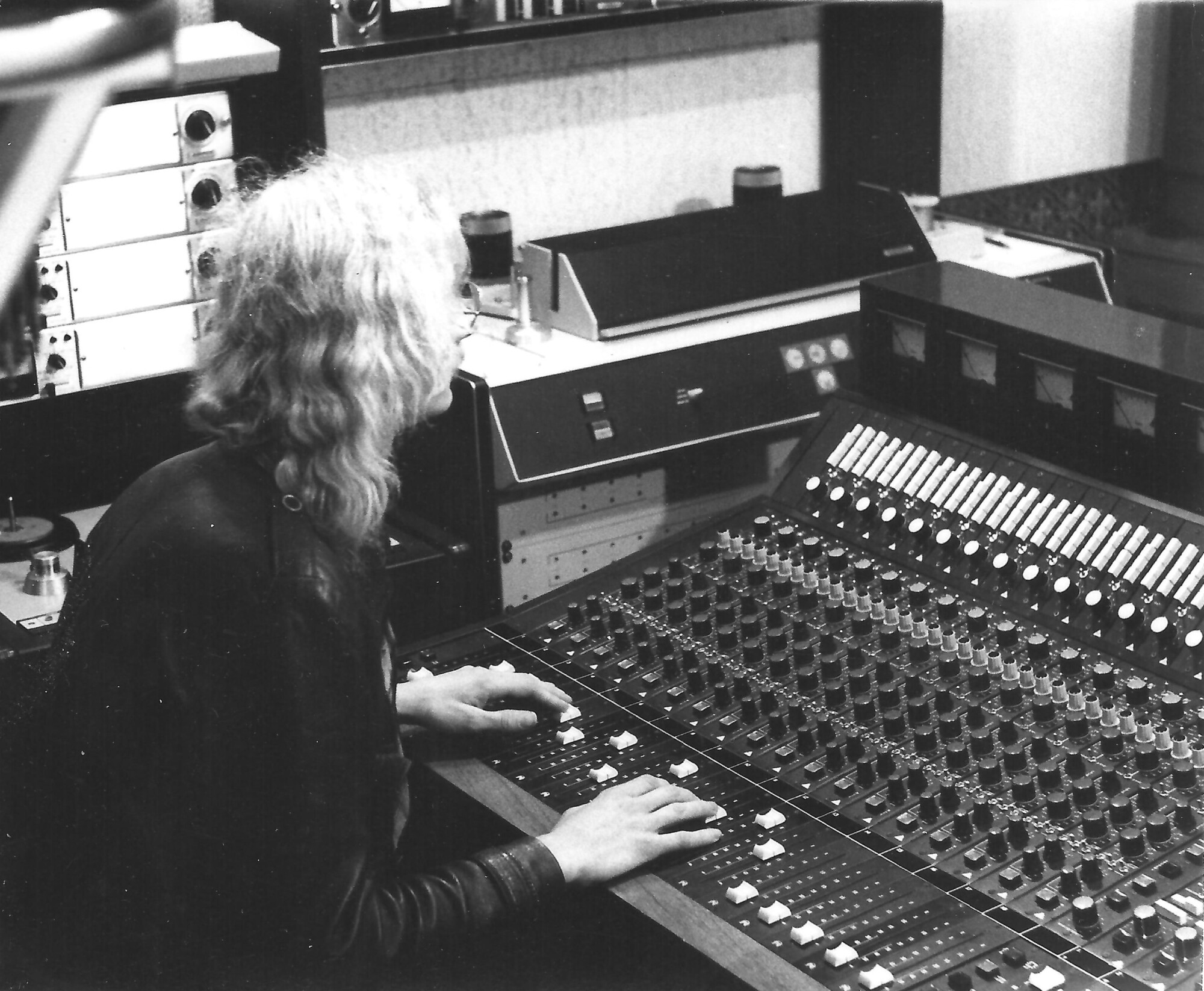
Was Leo Sayer a part of the recordings or had the lineup changed by that time?
Gerry (Gerard Hugh “Leo” Sayer) and Roger Cloake decided to leave the band in 1970 and hooked up with Max Chetwynd, a really excellent local guitar player, and drummer Alan Bran. The band was called Patches (and then Jester) and they played at the infamous Phun City festival which was held somewhere outside Worthing. None of them were involved with the record.
“There were only 99 copies pressed”
Was your album, ‘1’ privately released? How many copies did you press? Only two have ever resurfaced, how come? Did it originally come with that “1” cover?
There were only 99 copies pressed. This apparently avoided Purchase Tax (forerunner to VAT). We probably got about 18 copies each. I sold some and gave a few away to mates. I gave my own copy away eight years ago to a guy called Raymond Dumont in Switzerland who’d tracked me down on Google. It was pretty well mint. I hope it got to him. It was no use to me as I’d reluctantly sold all my other vinyl and my record deck and belatedly embraced CD. I only found out about the ‘1’ cover a month or two ago. Fortunately Greg, who’d designed it, still had the artwork.
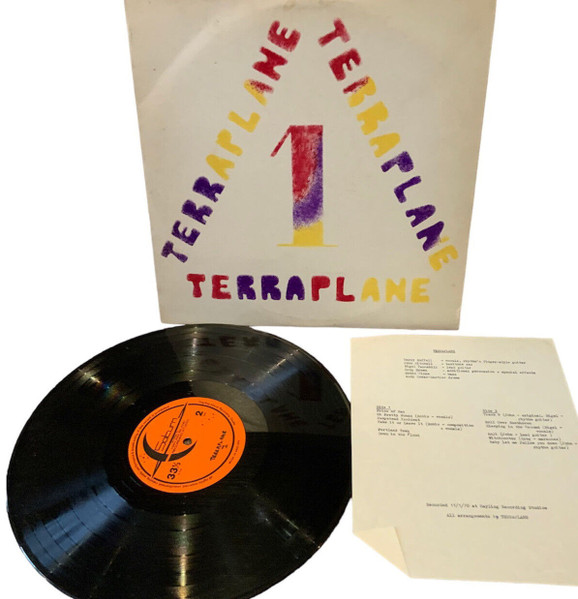
What about the current’s reissue cover artwork?
Jon Groocock’s done a very fine job and the remastering (by Reynolds Mastering) is very impressive. Quite a handsome piece of work. I’d buy it!
Please share your recollections of the sessions. What were the influences and inspirations for the songs recorded?
I suppose everyone put their suggestions in and everyone wanted something that would showcase their own input. My suggestions were probably ‘Sleeping In The Ground’ (for very good reason my only ever recorded vocal) and ‘Baby Let Me Follow You Down’. I wasn’t familiar with some of the other tracks such as ‘Pride Of Man’ or ‘Hampstead Incident’.
The studio at that time was very basic. As I recall we recorded in mono. The problem was separation. Andy was a pretty loud drummer and I was using a 50 watt amp without a master volume which meant that it needed to be up quite loud to get any kind of over-driven sound. In the end the problem of balance was solved by Dave placing my speaker cabinet in a cupboard and miking it directly. Actually, the result still sounds OK to me, although I’m not necessarily keen on my phrasing.
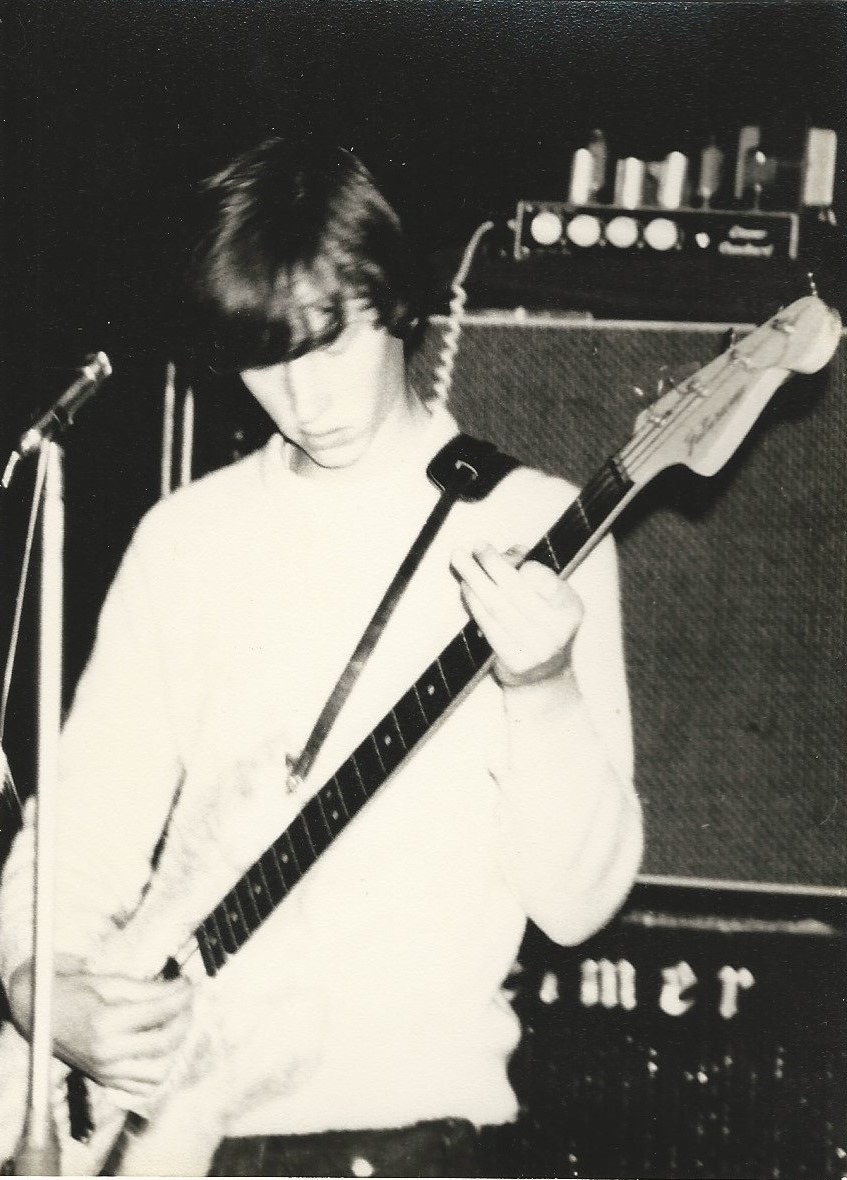
Would you share your insight on the albums’ tracks?
‘Pride of Man’
I’d never heard this track before Barry played the record for me. I decided to try octave phrasing at the rehearsal, which impressed Barry so I kept it. I just listened to the original by Quicksilver Messenger Service a few minutes ago on YouTube. It’s a great song.
‘Oh Pretty Woman’
I’d probably have heard Albert King’s version by this time but of course, like most other people in the U.K. the first time I’d heard it was by John Mayall with the wonderful Mick Taylor. One of the surprising things about Barry was that he was a player of so many different musical instruments. However, I had to persuade him that his idea of using his trombone on this song to play the riff wasn’t really going to work. I’m still happy with that decision. We played the riff in a different timing to the Albert King original and that was down to Robin, who sings it. I still quite like it.
‘Hampstead Incident’
Not a song I knew before Barry brought it to us.
‘Take It or Leave It, My Friend’
A Robin Bines original. I was quite pleased at the time with my guitar break because it had a vaguely country sounding phrasing.
‘Portland Town’
Wasn’t familiar with the song. Another one that Barry brought to us. Not a very cheerful little number but some very effective drumming from Andy.
‘Down In The Flood’
I think we recorded this before the Fairport Convention. I still like this. From Dylan & The Band’s legendary ‘Basement Tapes’.
‘Track 8’
Just a jam based on John’s baritone sax riff. Impressive walking bass from Robin.
‘Roll Over Beethoven’
I’d obviously NOT taken the trouble to sit down and learn Chuck’s iconic intro. Purely improvised. (My excuse? I’m not sure I had a record player at this point and YouTube was fifty years in the future.)
‘Sleeping in the Ground’
I’m sure I heard Sammy Myer’s original at Gerry’s house and decided that I’d like to have a go at a vocal. Barry on acoustic finger-style on his old Harmony.
‘Anji’
A much-covered instrumental written by the great Davey Graham. Acoustic guitar by Barry. The free-flowing electric guitar solo is John. I sat this one out.
‘I’m Your Witchdoctor’
When you get to a certain age, you look back at photos of yourself in your teens. You think how young you look but then you notice your hairstyle or your clothes and think, “Was that wise?” That’s how I feel about this track. Obligatory drum solo.
‘Baby Let Me Follow You Down’
This arrangement genuinely came to me in a dream and I was surprised to see that The Band played it at this tempo with Dylan six years later on ‘The Last Waltz’. I doubt it was anything to do with us.
Did you send those records to any radio stations and other labels?
No we didn’t.
How did you decide to use the name “Terraplane”?
As the original band with Gerry Sayer was called The Terraplane Blues Band we just dropped the Blues Band bit as it was beginning to sound passé. Gerry had always wanted to have a band called Sturm Und Drang. Perhaps we should have nicked that.
What influenced the band’s sound?
We all had different influences. Barry was a folkie, John was a jazzer, Robin was interested in psychedelia and Andy and I had a blues background.
How pleased was the band with the sound of the album? What, if anything, would you like to have been different from the finished product?
We were all really excited to get the actual records and I know I was pretty happy with the results. It was only as my playing slowly improved that I got a bit frustrated with what I’d played. I’ve always been very self-critical though. Also, recording it live wasn’t really a choice as such. Dave didn’t have the equipment to allow us any overdubs.
What happened after the band stopped?
Most of us went our separate ways, I suppose. I remember playing with John once or twice but I’m not sure that the complete line-up played together again. I probably played with Andy a few times also.
Barry Ruffell went on to Raven, Uncle John’s Band and the Rude Mechanicals. Robin Bines was the first importer of Ecover products into the UK, the late Andy Cowan-Martin went into artist management, notably Bad Manners, John Key became a noted jazz musician in New Zealand. Fully authorised reissue of ‘1’ available now on Bright Carvings.
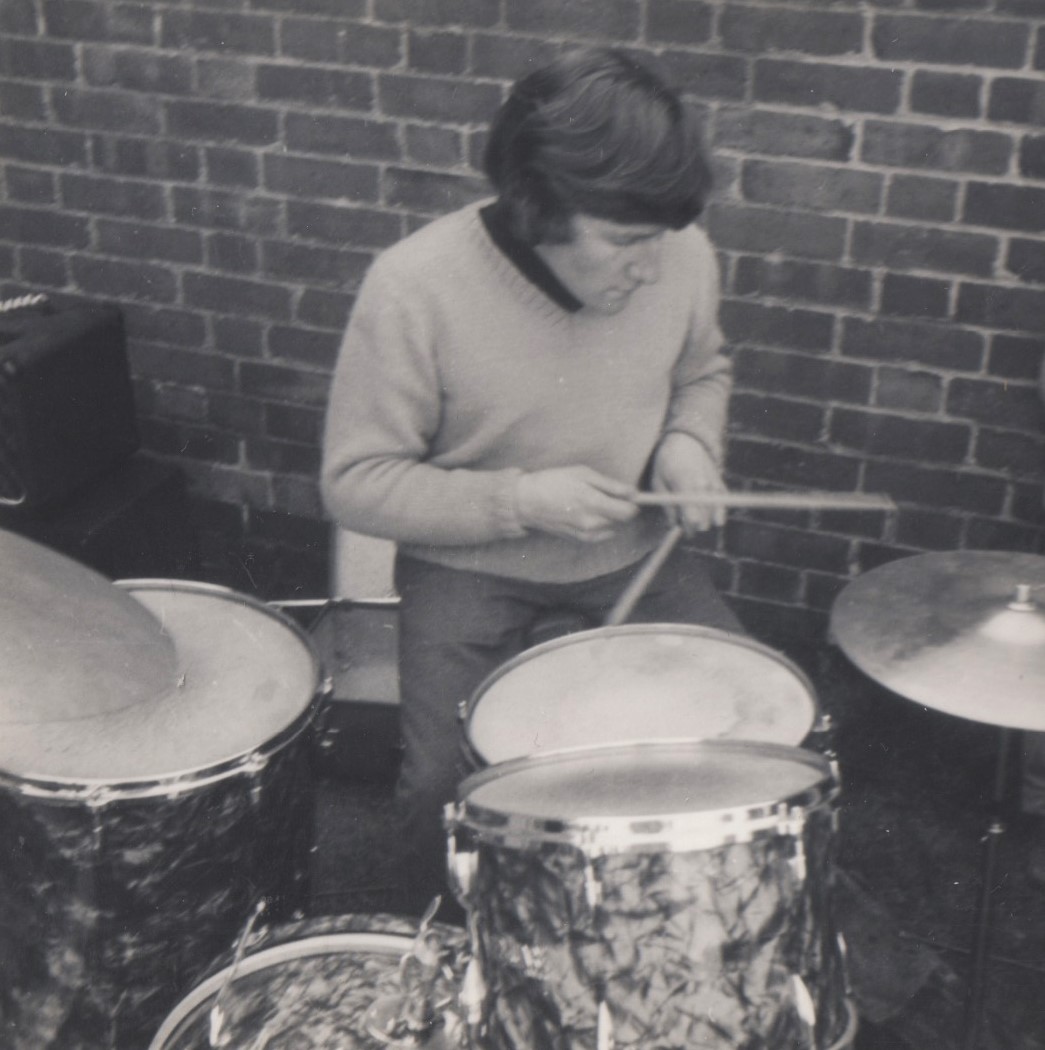
Tell us about your work with Jo-Anne Kelly.
God, I really, REALLY wish there was more to say. She was a great singer and guitarist. Absolute tragedy, she died so young. I was pulled in as second guitarist behind Mark Moffatt, a superb Australian player. On bass was Craig Bradley who co-owned Top Gear the shop I worked at and there was a very fine drummer called Pete Miles, also an Australian. He could do the whole Robbie Mackintosh/ Average White Band funk thing. Craig was using an original and rare Ampeg bass – fretless as I recall – and with a very long-scale neck. He accurately described it as a tuneable bass drum. Fantastic sound. We had quite a few rehearsals in Badfinger’s rehearsal room in Denmark St. The band really cooked. Then, disaster for us, her management suggested a hook-up in the States with Johnny Winter and that was that. We tried to carry on with another singer but nobody’s heart was in it. A couple of years ago I reconnected with Mark who’s now a producer in Nashville and he told me that he’d had a conversation with Bonnie Raitt (as you do) and she’d told him how Jo-Anne had been a big influence on her.
How did you become a guitar dealer?
I never freelanced. I just worked in Top Gear in Denmark Street and then Guitar Village in Shaftesbury Avenue where I eventually became manager. Great fun in those days, lots of famous faces (and great instruments) and we got to know a lot of them as regular customers. I was recently recommended to buy Bernie Marsden’s autobiography because I was mentioned in it. He was always in and out, a lovely feller and always a very good player. He has me down as the person who bought Gary Moore’s SG Standard from him for £170 which Moore then gave Pete Green for his Les Paul. Greeny, arguably the most famous sunburst Gibson Les Paul Standard in the world, was sold for an undisclosed sum (rumoured to be a couple of million dollars) to Kirk Hammett. I wanted to contact Bernie to discuss the story as I have no recollection of the transaction. Sadly, Bernie died a few weeks ago so I’m never going to have that conversation.
Looking back, what was the highlight of your time in the band? Which songs are you most proud of? Where and when was your most memorable gig?
It was fifty years ago, Klemen. I can barely remember what I had for dinner last night. The band didn’t really survive the making of the record.
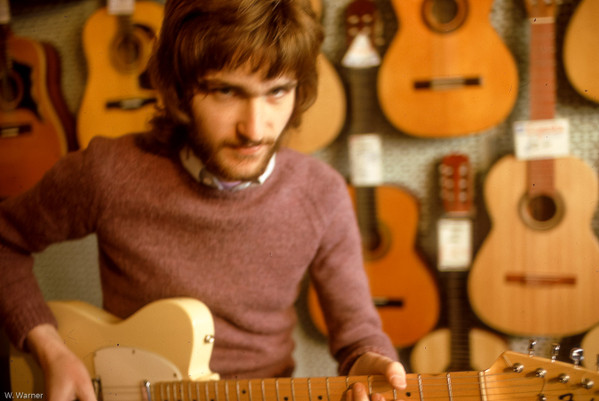
Thank you for taking your time. Last word is yours.
Things have changed so much in the ensuing years much of it is driven by the internet. In the past a specialist magazine like yours might well have had to have been produced by hand and then reproduced in tiny numbers. Great magazines like ZigZag started like that but couldn’t keep things going. The digital revolution in recording and publishing has democratised music massively and enabled you to produce a very professional product which looks wonderful. Although the prices of vintage instruments (merely second-hand when I was buying and selling them) have gotten absolutely mad, even cheap instruments now are of great quality. High quality recordings can be made at home and the old stranglehold of the record companies has been, to a great extent, broken. If only all this had been available then.
Looking back, we were all just making it up as we went along.
Klemen Breznikar
Headline photo: Nigel Tannahill | Photo by W. Warner
Bright Carvings Official Website / Facebook / Instagram / YouTube

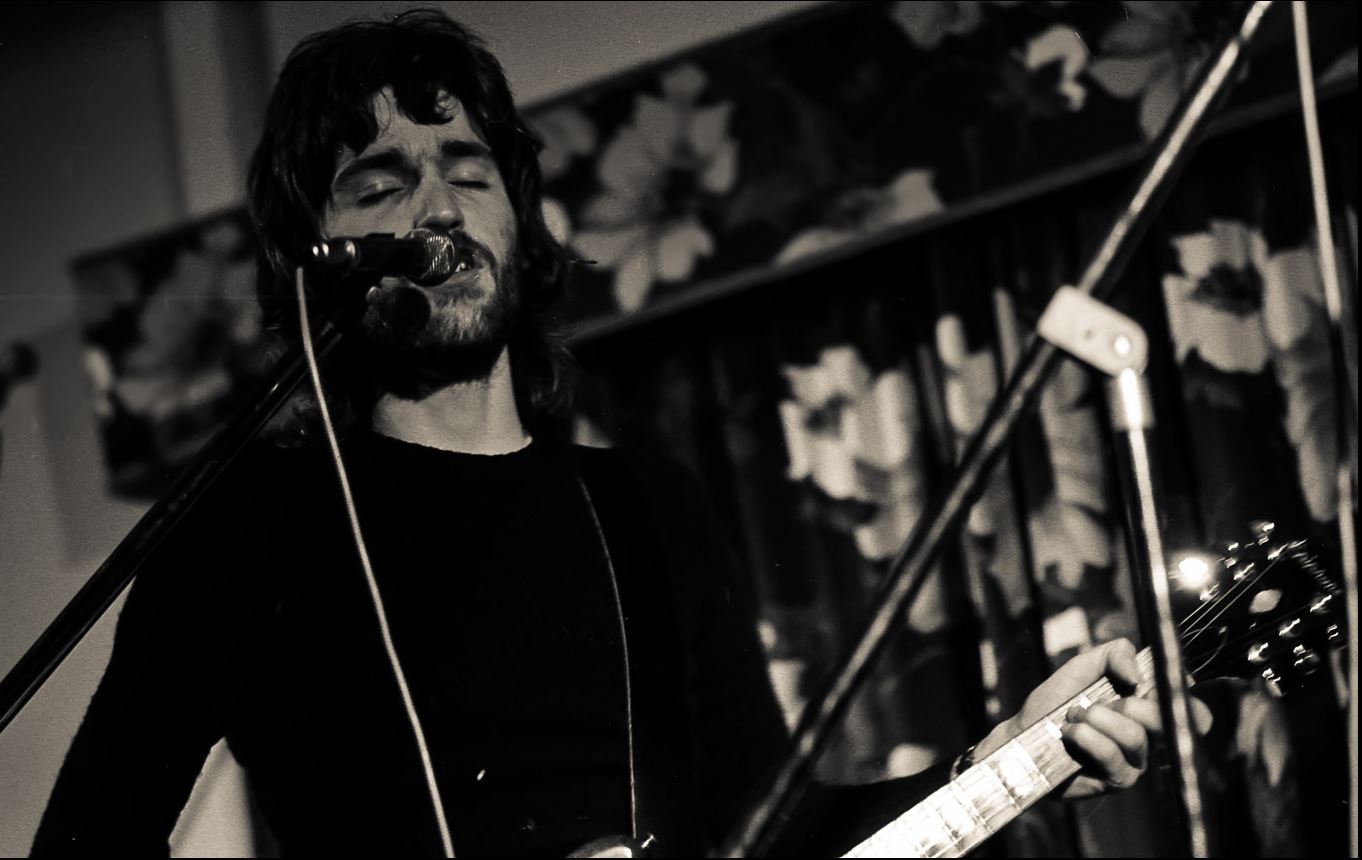
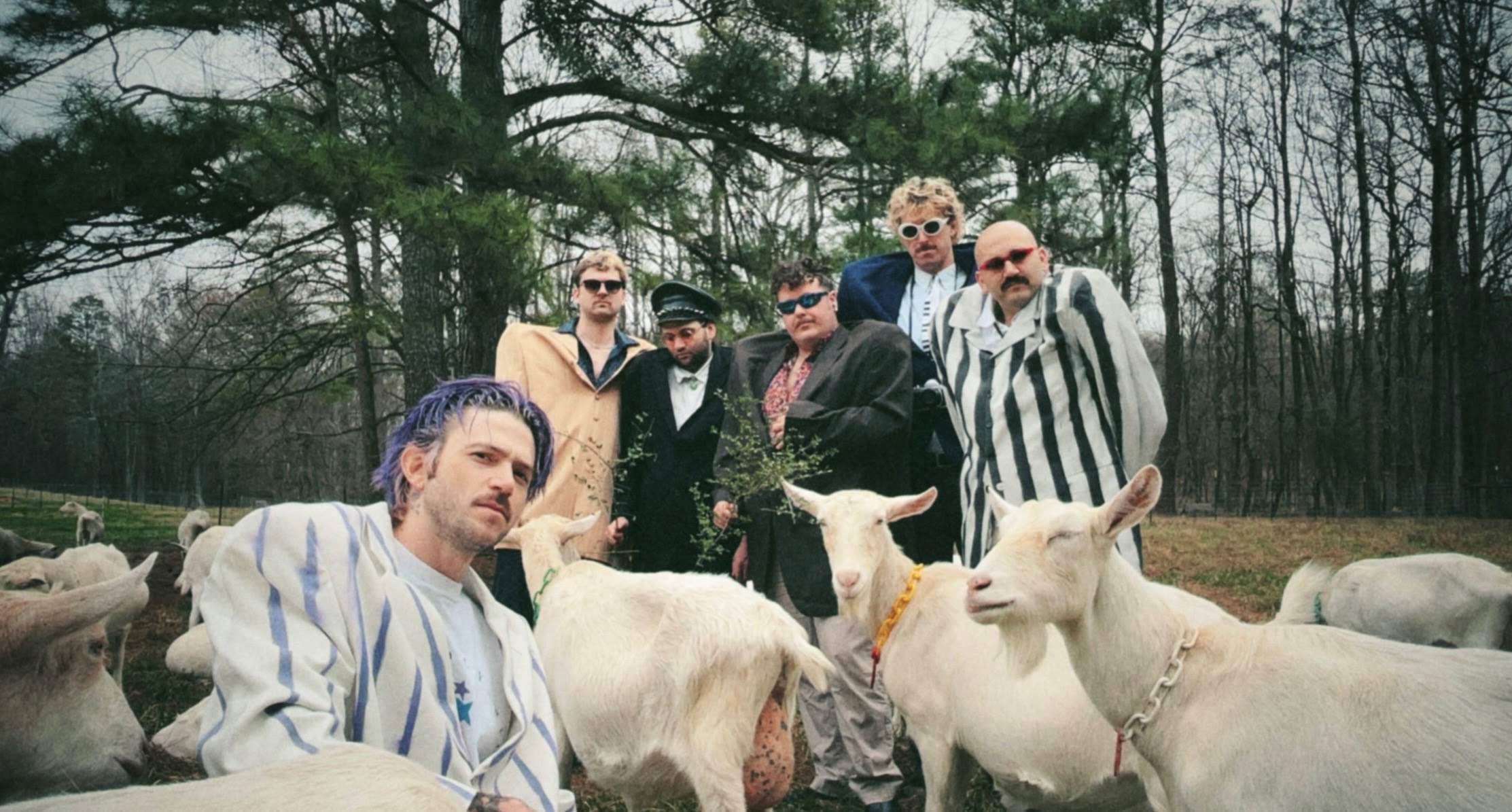
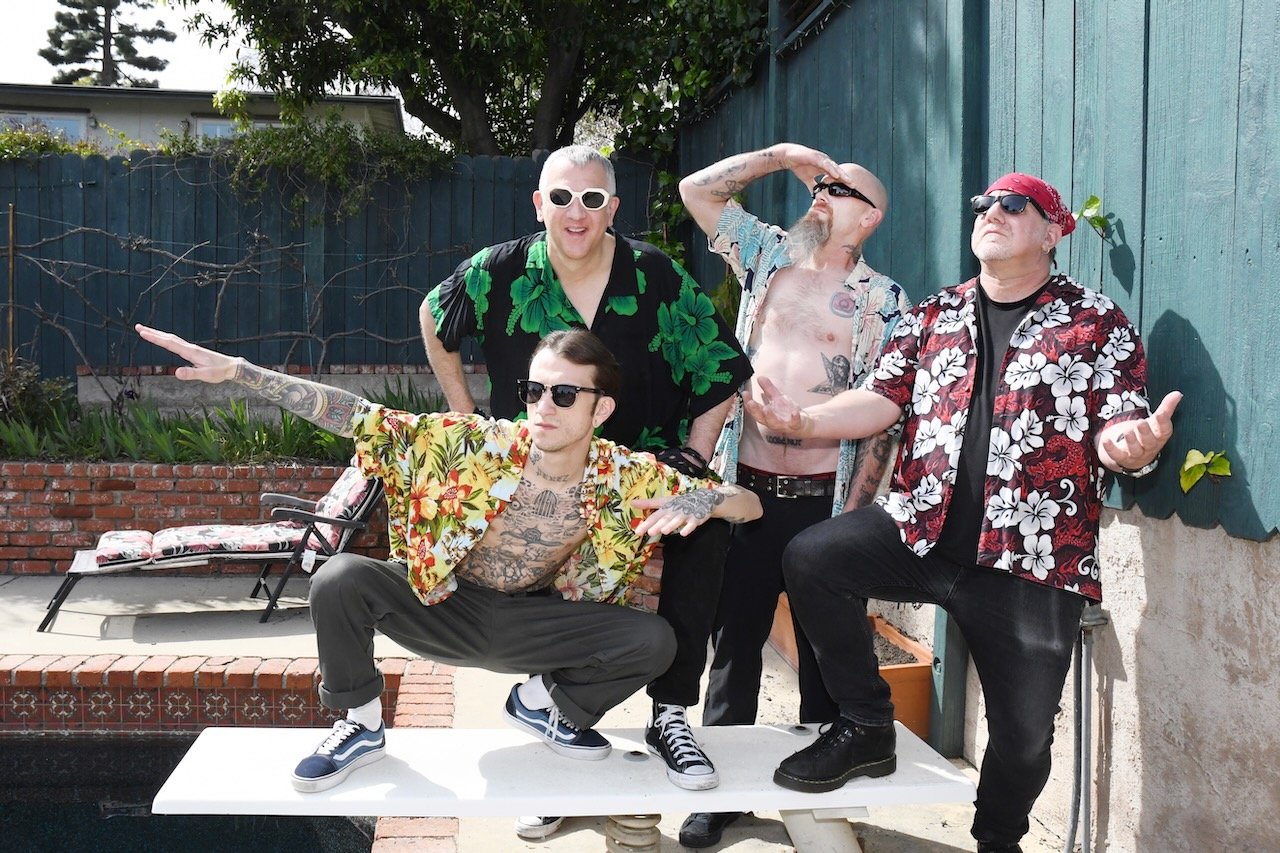
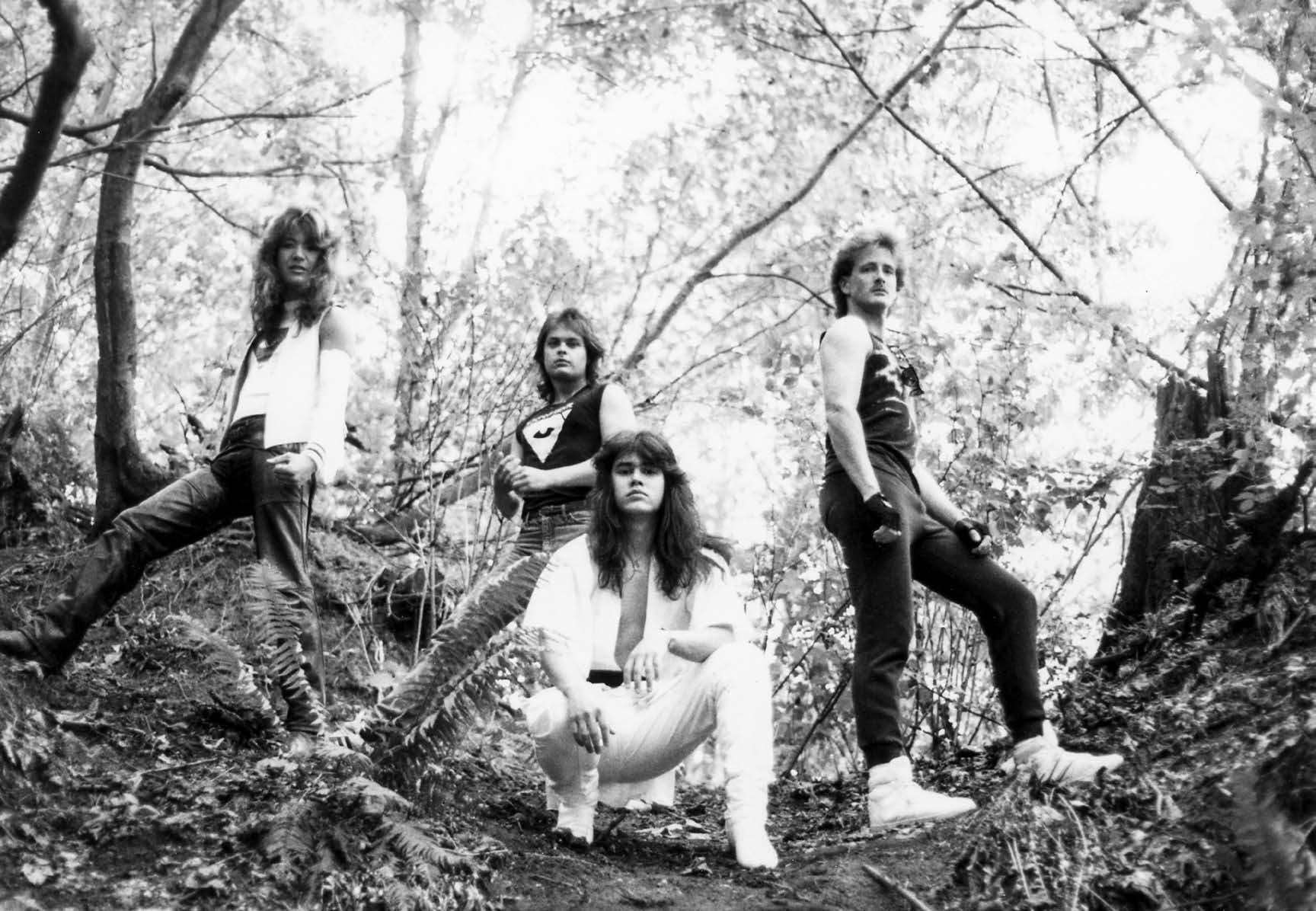
Thanks for this advice. The fact that someone plays a Quicksilver Messenger Service track is nothing short of a miracle. QMS ( of course the first three) my favourite band next Jefferson Airplane . Only the record is so expensive that you can forget it straight away.
Guerssen make a repression, and the lp costs 41e + postage. Of course there is no cd either. You want to earn money. A new bad habit that more and more lps are being made without a cd. I think it’s a mess. Maybe music should only be made for people who have the necessary change.
Klemen, i hope that the entry isn’t consored again. Like it happened to me here before
If that were to happen, it would definitely be my last comment. Where is the freedom of expression ?
I’ve got an original copy of this Terraplane album with a dedication from Robin Bines in biro on the orange label. I bought it years ago in a batch of records from a shop in Hove. No original cover, just a white, pretty beat up cover with terraplane in biro! I tracked Robin down a few years ago and had a nice exchange of emails where he had very fond memories of the saturn studios on Hayling island.